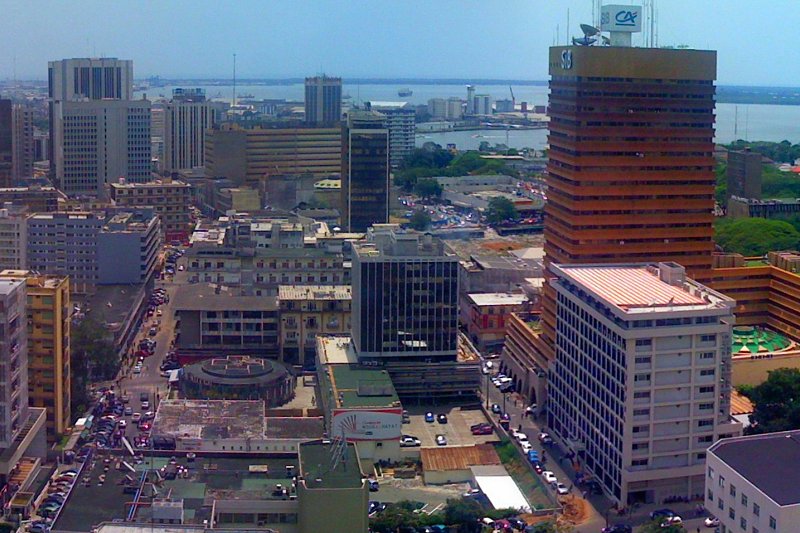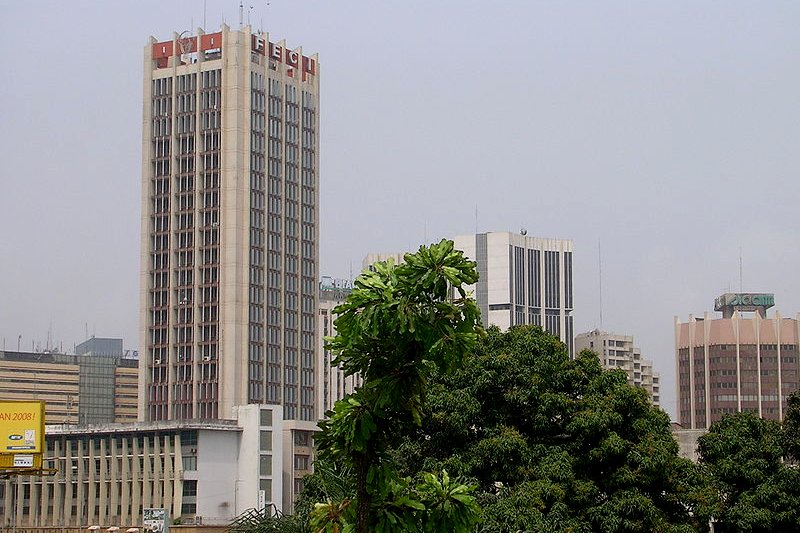 Skyline of downtown Abidjan
Skyline of downtown AbidjanSource: https://commons.wikimedia.org/wiki/File:Abidjan.JPG
Author: Zenman

Abidjan is the biggest city and former capital of Côte d'Ivoire. Covering 2,119 sq km (818 sq mi), Abidjan has a population of 3.6 million (2012 estimate), within a metropolitan area of 6.1 million people. It is the second largest city in West Africa after Lagos, and the third largest French-speaking city in the world after Paris and Kinshasa.
Abidjan developed out of a small native fishing village at the end of the 19th century, when the French colonists relocated there to get away from areas with yellow fever epidemics. Its growth accelerated when a wharf was built there in 1991. Then in 1933, it was made the capital of Côte d'Ivoire, then a constituent unit of the Federation of French West Africa.
Abidjan is the third city to become the capital after Grand-Bassam and Bingerville, but this was not to last permanently. In 1983, President Félix Houphouët-Boigny relocated the capital to his birthplace, Yamoussoukro, which is in a central part of the country. Since then, Abidjan has suffered from a variety of issues from political neglect to general degradation and corruption.
 Abidjan, Côte d'Ivoire
Abidjan, Côte d'IvoireSource: https://commons.wikimedia.org/wiki/File:Abidjan_Centre_2.JPG
Author: Axe

Visiting Abidjan
The Port Bouet Airport (ABJ) is the airport serving Abidjan. Located 16 km to the southeast of the city, it receives flights from Accra, Addis Ababa, Bamako, Beirut, Bobo Dioulasso, Brussels, Casablanca, Conakry, Cotonou, Dakar, Douala, Dubai, Istanbul, Kigali, Lagos, Libreville, Lomé, Nairobi, Ouagadougou, Paris and Tunis, among others. Street view of Abidjan
Street view of AbidjanSource: https://commons.wikimedia.org/wiki/File:Abidjan_Centre_3.JPG
Author: Axe

Places of Interest in Abidjan
- Abidjan Cathedral
- Cocody Municipal Museum of Contemporary Art
- National Library of Côte d'Ivoire
- Parc du Banco Rainforest Reserve
- St Paul's Cathedral
 Latest updates on Penang Travel Tips
Latest updates on Penang Travel Tips

Copyright © 2003-2025 Timothy Tye. All Rights Reserved.

 Go Back
Go Back